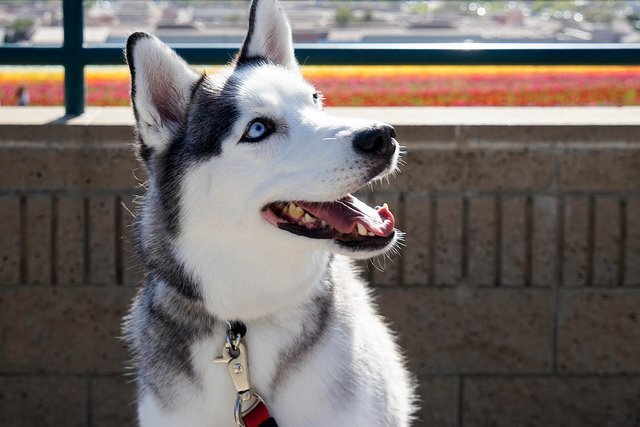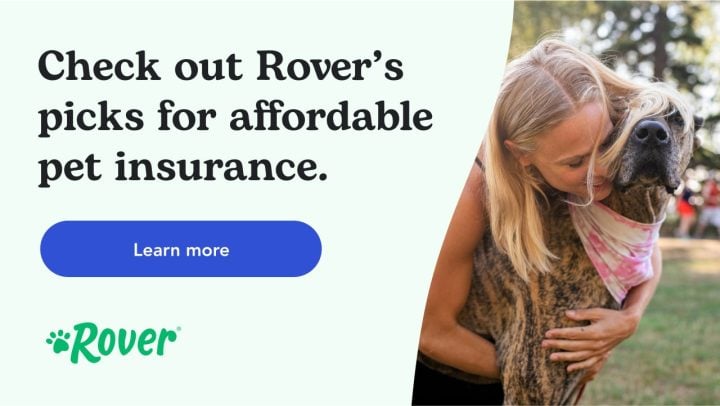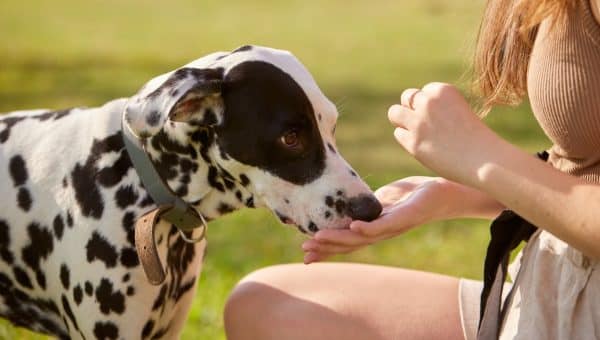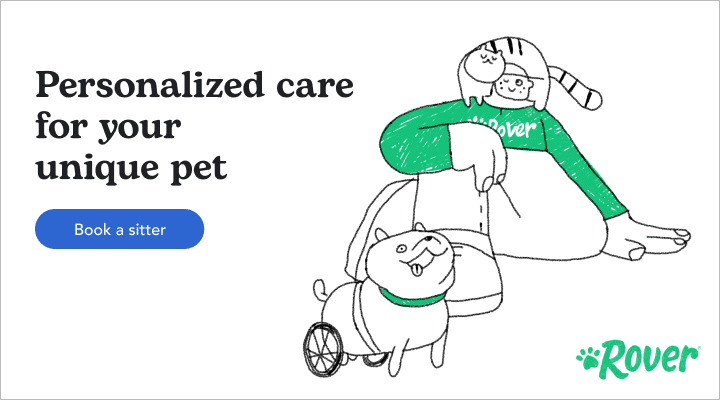Like our human friends, some dogs are more verbal than others. Our Australian shepherd, for example, sings a brand new canine opera each morning. My Catahoula says hello with a simple tail wag and sweet hound-dog eyes.
Dogs are equally varied when it comes to understanding human language. Some pick up just a few basic words, while others, like a South Carolina border collie named Chaser, understand more than 1,000 names for different objects. Tell Chaser to fetch “Uncle Fuzz” instead of “Wise Owl,” and he’s on it! But when it comes to their own names, how do dogs figure who they are and who you’re talking to?
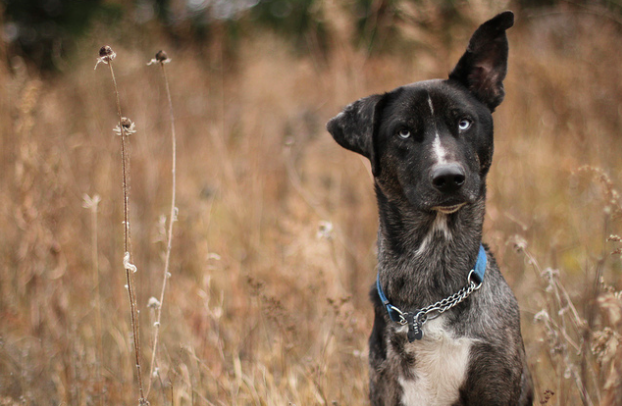
Flickr / @wee3beasties
How Dogs Understand Humans
Dogs learn words through a combination of deductive reasoning and positive reinforcement, but it’s unclear if dogs are able to conceive of themselves as an entity with a name. (It’s thought that perhaps they don’t.)
In other words, when I say, “Good morning, Henry,” to our Catahoula, he isn’t thinking, “There’s Mom saying hello to me, whose name is Henry!”
He might simply be thinking, “There’s Mom. She’s making that sound that usually means something good is about to happen. I predict breakfast!”
Dogs, of course, also read context and body language. When I grab the leash, it doesn’t matter what I say: the dog expects to go out.
Dogs certainly think of themselves (as beings) in certain ways: “More food for me!” Or, “This pee smells like mine!” Or, “That dog is not me.” But the extent to which dogs conceive of themselves as having a self, or whether or not they can imagine an autobiography about their lives—well, it’s hard to say (and for most dog lovers, that’s just fine.)
There are definite ways to help your dog understand when you’re talking to him, and to ensure that your dog responds to you when you need him to. Here are some tips!
You can read more about choosing the perfect dog name here.
Choosing a Dog Name for Dog Hearing

Flickr / @Emily Krug
If it’s not too late, you should choose a name for your dog that’s short (one or two syllables) and distinct in terms of its sound. You want a name with hard consonants, like Max or Molly.
Softer names with lots of vowels, like Oodles, will stand out less. Long names, like Daenerys or Melisandre, are more likely to sound muddled and confusing to dog ears.
Teaching a Dog Their Name

Flickr / @Izzi :)
Begin with short, five-minute training sessions. Bring your puppy close and keep him on a leash so he can’t run off. Have a bag of treats handy.
Begin by saying your dog’s name, make eye contact, then say, “Yes!” and give him a treat.
Do this several times, then include a few sentences your dog definitely will not understand.
Then add in his name again (try to say it always in the same tone, with the same ring to it) and when he makes eye contact, say, “Yes!” and give him a treat.
Repeat several times over a period of minutes. We suggest these mini-treats for training to keep the calorie count down!
Increase Distance and Continue Training

Flickr / @Jon
Continue with the same sort of training described above, but increase the distance between you and your dog.
Keep your dog on his leash, but let him roam around and become distracted. Say his name in an upbeat way, using the same positive tone. When he looks to you, say, “Yes!” and let him come to you for a treat.
With repeated practice, your dog will learn to stop what he’s doing and look to you for direction or positive reinforcement when you call his name.
More Tips for Teaching a Dog Their Name
- Say your dog’s name in the same way (tonally, melodically) each time.
- Offer positive reinforcement when your dog responds to his name. You can say “yes” or “good dog,” or offer affection or a treat.
- Don’t use your dog’s name when you don’t want him to respond. If you’re talking about your dog to another human while your dog is in the room, try to use a different name. Otherwise, your dog will hear his name but learn that perhaps nothing is about to happen. This will create confusion—should he respond or not?
- Don’t use your dog’s name for punishment or when you’re frustrated with the dog. You want your dog to associate his name with positive feelings and actions.
In short, your dog’s name should always be a happy occasion!
_
This post contains an affiliate link, which means that if you decide to buy something when you click it, we may receive a small commission. Click here to learn more.
